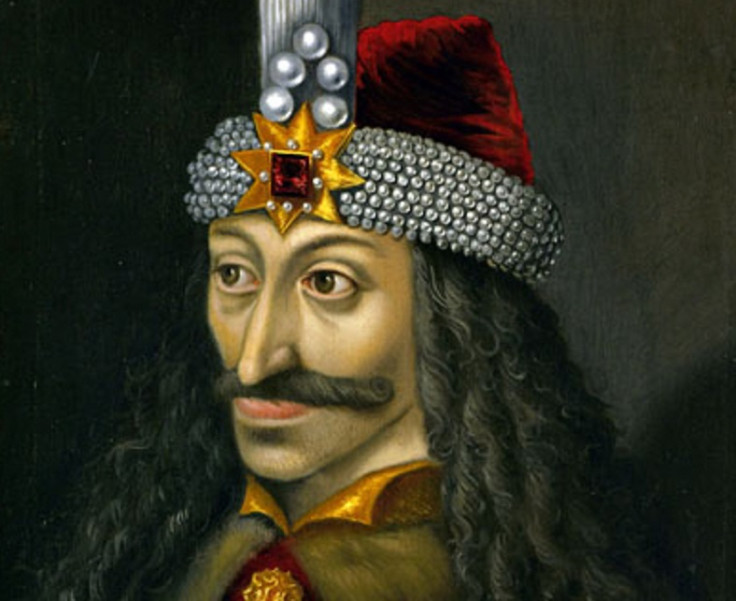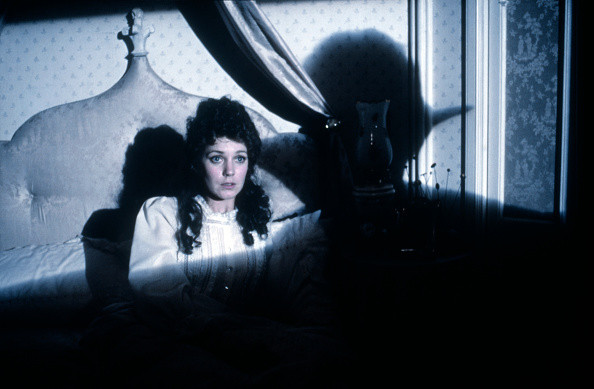Meet Vlad the Impaler, the 'real-life Dracula'
Bram Stoker chose Dracula's name based on Romanian ruler Vlad the Impaler.

He is perhaps the most terrifying fictional character ever created, but Count Dracula continues to fascinate us today. The world's most famous vampire was created by Bram Stoker in his 1897 novel 'Dracula'.
Much has been said about how the writer came up with inspiration for his story but one thing is certain – Dracula shares his name with real-life 15<sup>th century Romanian ruler Vlad III, also known 'Vlad the Impaler'. As the name suggests, he has gone down in history for killing some of his enemies by impaling them, but he is also said to have been a just leader.
Vlad's father belonged to a knightly order known as the Order of the Dragon. Since dragon translates to 'Drac' in ancient Romanian, Vlad III's other nickname was 'Draculea' – the son of the dragon.
How are Dracula and Vlad the Impaler similar?
While the name connection is clear, the debate among scholars has focused on how far Stoker really was inspired by the real-life Dracula to create his character. In fact, the author left notes to describe where he got his ideas from.
In 1890, he had already begun to write his novel, but the name Dracula had not yet appeared – the main protagonist was called 'Count Wampyr'. That summer, Stoker visited the town of Whitby where he read a book about the history of Romania, part of which at the time was known as Wallachia.

His attention was caught by a short paragraph which mentioned a ruler known as Dracula. There was no references to Vlad the Impaler, but a footnote indicated that the name meant 'devil' in Romanian. And indeed, 'drac' can be translated both as dragon and as devil.
"This is what we know for certain – the connection between Count Dracula and Vlad the Impaler was their name. Anything else beyond that is speculation. Today we assume, because we know about Vlad and his bloody acts, that Stoker had the same knowledge, but there is no evidence in his book that he had access to the primary sources we know about", Elizabeth Miller, Professor Emerita at Memorial University of Newfoundland and specialist on Bram Stoker's Dracula, told IBTimes UK.

There has been numerous comparisons made between the wooden stakes used to kill vampires that Stoker describes in his novel and the wooden sticks that Vlad used to impale his victims. People have jumped to the conclusion that Stoker was inspired by the Romanian ruler's thirst for blood to create such an evil character as Dracula, but Miller believes it is more likely that the writer's idea for the wooden stakes came from the region's rich folklore.
Finally, there is no evidence that Vlad the Impaler was tied to vampire legends. He was not believed during this lifetime to have been a 'vampire'.
Was Vlad really a sanguinary impaler?
A large number of historical primary sources exist about Vlad III. They retrace the complex history of Wallachia in the 15th century, his own rise to power at a time the Ottomans were conquering Europe, and the ruler's tumultuous relationship with the Turks and the Hungarians. They tell of the battles he fought.
These sources include manuscripts from the 15<sup>th century – some are Turkish chronicles which paint a grim picture of Vlad III. German manuscripts and pamphlets were also printed after the creation of Gutenberg's printing press, in the 1460s.
These manuscripts are very detailed but also very biased against Vlad – while there is no doubts he was responsible for some of the atrocities described, it is possible the numbers of the victims he impaled are exaggerated.

"The best known sources about Vlad are the German booklets but one must keep in mind that there was some exaggeration there. His supporters were Romanian and they did not have a written language and so more positive descriptions of him were only passed on orally. There is always an element of truth to the folklore, but obviously the written sources in German have been able to enter the historical record more easily," Miller points out.
In one account, Vlad is described as having impaled hundreds of prisoners on the sides of the road leading to his city to deter the Turks from attacking.
Why are we still fascinated by both Draculas?
Considering Vlad the Impaler was a violent ruler, and Stoker's Dracula terrifies us, it is not easy to understand why their stories still exert so much fascination on us.
In Stoker's novel, Dracula has little to do with the charming and even desirable creature that is now portrayed in books and films. "The character of Dracula is presented as evil and repulsive. Stoker's description do not fit the representations of vampire that we have. But there is only so much you can do with evil and repulsive, and so the vampire figure had to evolve," Miller says.

In the 20th century, the vampire figure shape-shifted and became sympathetic. Miller believes that if Hollywood had not made vampires attractive, it is possible Stoker's novel would not remain as popular as it is today, although it is in many ways unique.
"Stoker is not the only one to have written about vampires but his book survived, so there must be something that makes it special. He has succeeded in tapping into something, into human primal drives – fear, violence, death, fear of being bitten, and even sex, if you do a post-Freudian reading of the book", Miller says.
It is possible that the gruesome historical accounts that surround Vlad the Impaler tap into the same area of the human psyche, perpetuating human fascination for the real-life Dracula.
© Copyright IBTimes 2025. All rights reserved.






















